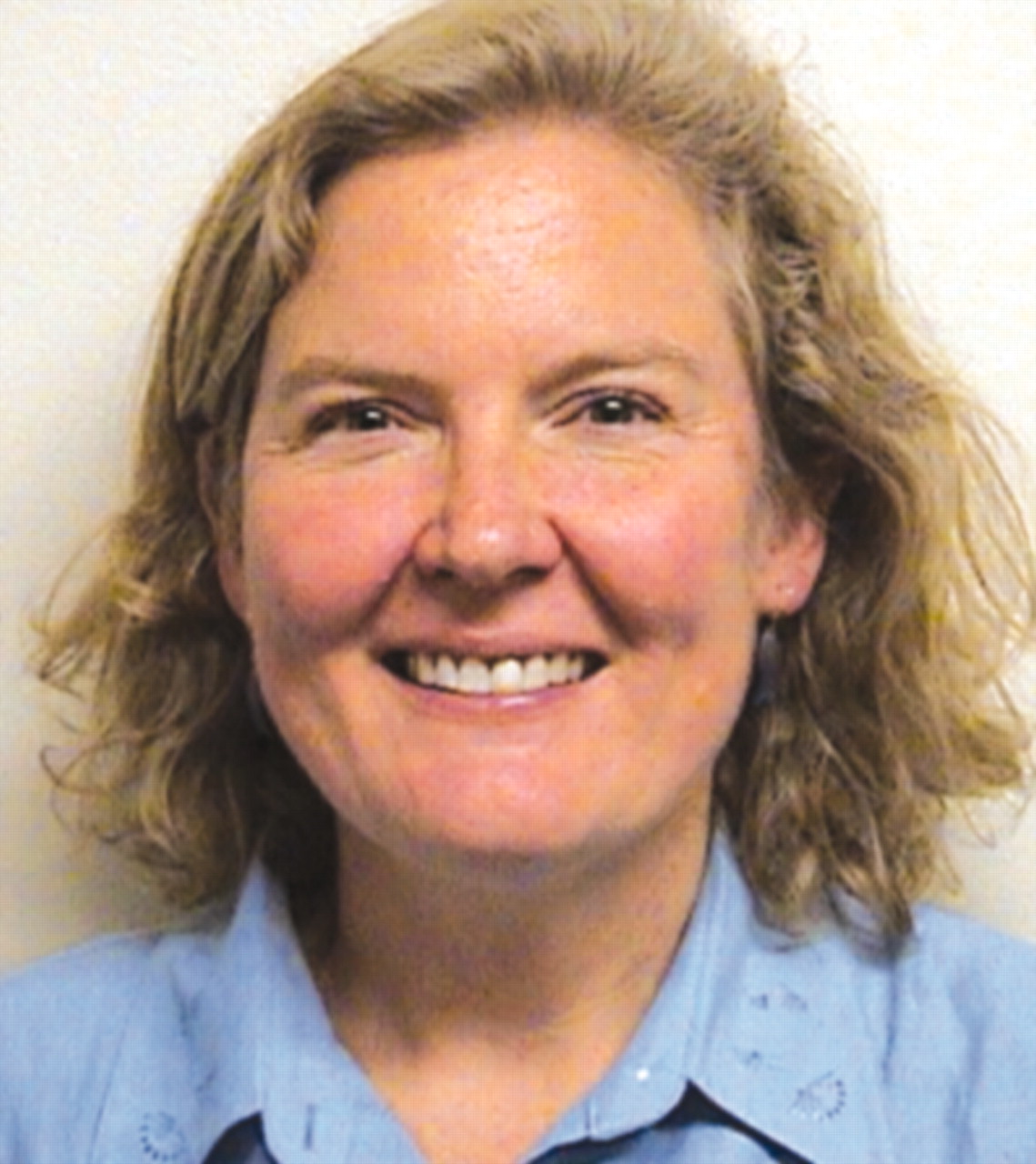Despite protests from many psychiatric educators, numerous medical schools have begun to combine their third-year psychiatry clerkships with clerkships in other medical areas such as neurology. Data from a survey of psychiatrists who direct these clerkships indicate that their level of satisfaction with this experiment is quite low in terms of the educational benefits and administrative burden.
Kathleen Clegg, M.D., director of medical student education in the psychiatry department at Case Western Reserve University School of Medicine, surveyed the psychiatry clerkship directors at all 150 U.S. and Canadian medical schools. She received responses from 74 percent of them.
Of the 18 percent of clerkship directors who indicated that their school has a combined clerkship, the vast majority (88 percent) had their clerkship combined with that for neurology. Another 5.6 percent had programs combined with an internal medicine clerkship, and the same percentage was combined with a family practice clerkship.
Clegg’s data suggested that, based on the length of the clerkship experience, schools with combined clerkships appeared to place less emphasis on the need to teach psychiatry to medical students, with 76 percent of independent psychiatry clerkships requiring a six-week or eight-week rotation, while 42 percent of combined clerkships mandated a six- or eight-week curriculum.
Clegg also asked clerkship directors whether the combined rotation “provides an educational benefit compared with the traditional psychiatry clerkship.” Just over 57 percent disagreed or strongly disagreed with this statement, and only 10 percent agreed or strongly agreed with it; 33 percent said they were neutral on the issue.
When she looked only at the responses to this question from directors of combined clerkships, there was still a lack of enthusiasm for the experiment. Of these directors, 32 percent agreed that their programs provided an educational benefit over independent psychiatry clerkships, while 47 percent disagreed with this contention; 21 percent said they were neutral on the issue.
Not surprisingly, directors of still-independent psychiatry clerkships overwhelmingly rejected the hypothesis that combined programs provide more educational benefits to medical students. Only 4 percent of them agreed with this statement, while nearly 60 percent disagreed or strongly disagreed.
To find out whether combining clerkships in psychiatry and another area introduces administrative headaches that detract from teaching, Clegg also asked psychiatry clerkship directors to indicate whether they perceived that “combination clerkships create administrative difficulties that interfere with [their] effectiveness as an educational experience.”
Of directors of independent clerkships, who are thus not involved in administration of a combined program, more than two-thirds (69 percent) maintained that the administrative burdens of this type of clerkship compromise students’ educational experience; only 1 percent said they disagreed with this suggestion.
Among educators who administer combined clerkships, 58 percent said the statement did in fact match their experience, Clegg pointed out, while about one-third of this group (32 percent) took issue with it.
Her questionnaire also asked the clerkship directors to include narrative comments on their experience with and perceptions of combined programs.
Eighteen respondents took advantage of the offer, with just three supplying positive comments. The positive comments were that combined clerkships are “useful for showing that psychiatry is related to neuroscience,” and “interesting, creative, valuable joint curricular projects” and that providing “overlapping seminars makes sense.”
Among the 15 negative comments were that “core time in psychiatry is shortened,” the “mechanical complexities” such as scheduling and evaluating are problems, “behavioral medicine” may be taught by an “inadequately trained general practitioner,” and a combined clerkship “lacks synergy [and] breaks rhythm.”
Clegg concluded, “Given the widely perceived lack of education benefit and excessive administrative burden, factors affecting the decision to pursue or maintain combined clerkships clearly warrant further study.”
A more concise version of that conclusion, she noted, would be “Why are we still doing this?” ▪

